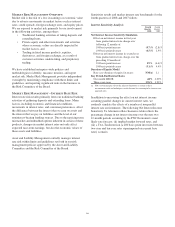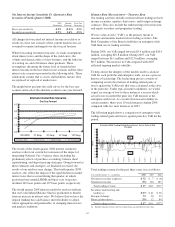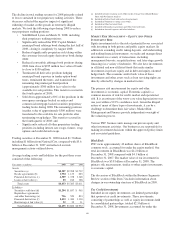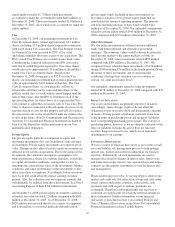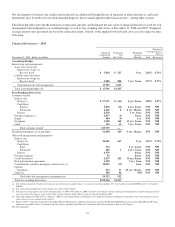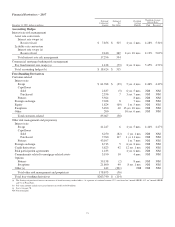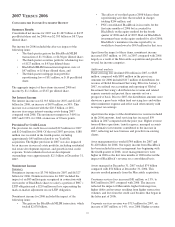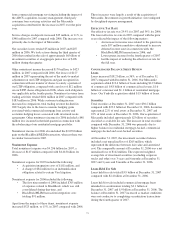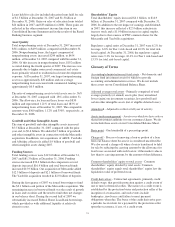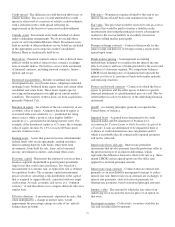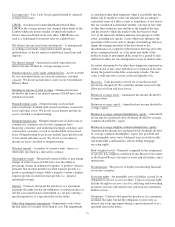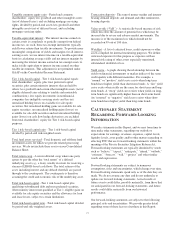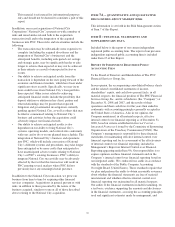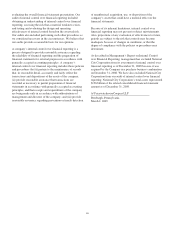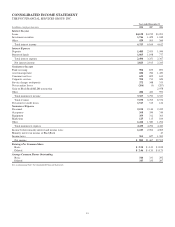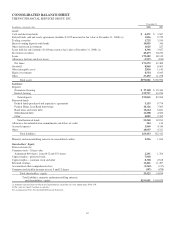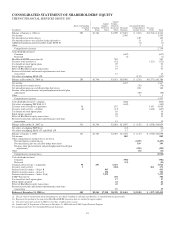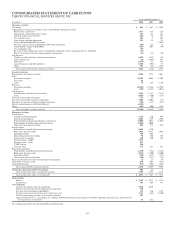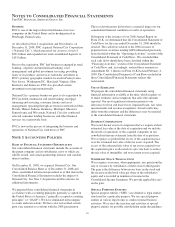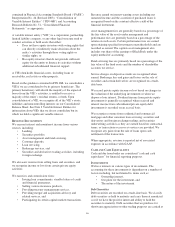PNC Bank 2008 Annual Report Download - page 80
Download and view the complete annual report
Please find page 80 of the 2008 PNC Bank annual report below. You can navigate through the pages in the report by either clicking on the pages listed below, or by using the keyword search tool below to find specific information within the annual report.
Leverage ratio - Tier 1 risk-based capital divided by adjusted
average total assets.
LIBOR - Acronym for London InterBank Offered Rate.
LIBOR is the average interest rate charged when banks in the
London wholesale money market (or interbank market)
borrow unsecured funds from each other. LIBOR rates are
used as a benchmark for interest rates on a global basis.
Net interest income from loans and deposits - A management
accounting assessment, using funds transfer pricing
methodology, of the net interest contribution from loans and
deposits.
Net interest margin - Annualized taxable-equivalent net
interest income divided by average earning assets.
Nondiscretionary assets under administration - Assets we hold
for our customers/clients in a non-discretionary, custodial
capacity. We do not include these assets on our Consolidated
Balance Sheet.
Noninterest income to total revenue - Noninterest income
divided by the sum of net interest income (GAAP basis) and
noninterest income.
Nonperforming assets - Nonperforming assets include
nonaccrual loans, troubled debt restructured loans, foreclosed
assets and other assets. We do not accrue interest income on
assets classified as nonperforming.
Nonperforming loans - Nonperforming loans include loans to
commercial, commercial real estate, equipment lease
financing, consumer, and residential mortgage customers and
construction customers as well as troubled debt restructured
loans. Nonperforming loans do not include loans held for sale
or foreclosed and other assets. We do not accrue interest
income on loans classified as nonperforming.
Notional amount - A number of currency units, shares, or
other units specified in a derivatives contract.
Operating leverage - The period to period dollar or percentage
change in total revenue (GAAP basis) less the dollar or
percentage change in noninterest expense. A positive variance
indicates that revenue growth exceeded expense growth (i.e.,
positive operating leverage) while a negative variance implies
expense growth exceeded revenue growth (i.e., negative
operating leverage).
Options - Contracts that grant the purchaser, for a premium
payment, the right, but not the obligation, to either purchase or
sell the associated financial instrument at a set price during a
specified period or at a specified date in the future.
Other-than-temporary impairment - Impairment occurs when
the fair value of a security is less than its cost. The impairment
is considered other-than-temporary when it is probable that the
holder will be unable to collect all amounts due according to
contractual terms of a debt security at acquisition. A few factors
that are considered to determine whether a decline in fair value
is other than temporary may include a) the length of the time
and the extent to which the market value has been less than
cost; b) the financial condition and near-term prospects of the
issuer, including any specific events which may influence the
operations of the issuer such as changes in technology that may
impair the earnings potential of the investment or the
discontinuance of a segment of the business that may affect the
future earnings potential; or c) the intent and ability of the
holder to retain its investment in the issuer for a period of time
sufficient to allow for any anticipated recovery in market value.
Securities determined to be other-than-temporary-impaired are
written down to fair value with the loss recognized in income
during the period in which the assessment is made. The fair
value would take into account credit and liquidity risk.
Recovery - Cash proceeds received on a loan that we had
previously charged off. We credit the amount received to the
allowance for loan and lease losses.
Return on average assets - Annualized net income divided by
average assets.
Return on average capital - Annualized net income divided by
average capital.
Return on average common shareholders’ equity - Annualized
net income less preferred stock dividends divided by average
common shareholders’ equity.
Return on average tangible common shareholders’ equity -
Annualized net income less preferred stock dividends divided
by average common shareholders’ equity less goodwill and
other intangible assets (net of deferred taxes for both taxable
and nontaxable combinations), and excluding mortgage
servicing rights.
Risk-weighted assets - Primarily computed by the assignment
of specific risk-weights (as defined by the Board of Governors
of the Federal Reserve System) to assets and off-balance sheet
instruments.
Securitization - The process of legally transforming financial
assets into securities.
Servicing rights - An intangible asset or liability created by an
obligation to service assets for others. Typical servicing rights
include the right to receive a fee for collecting and forwarding
payments on loans and related taxes and insurance premiums
held in escrow.
Swaptions - Contracts that grant the purchaser, for a premium
payment, the right, but not the obligation, to enter into an
interest rate swap agreement during a specified period or at a
specified date in the future.
76


